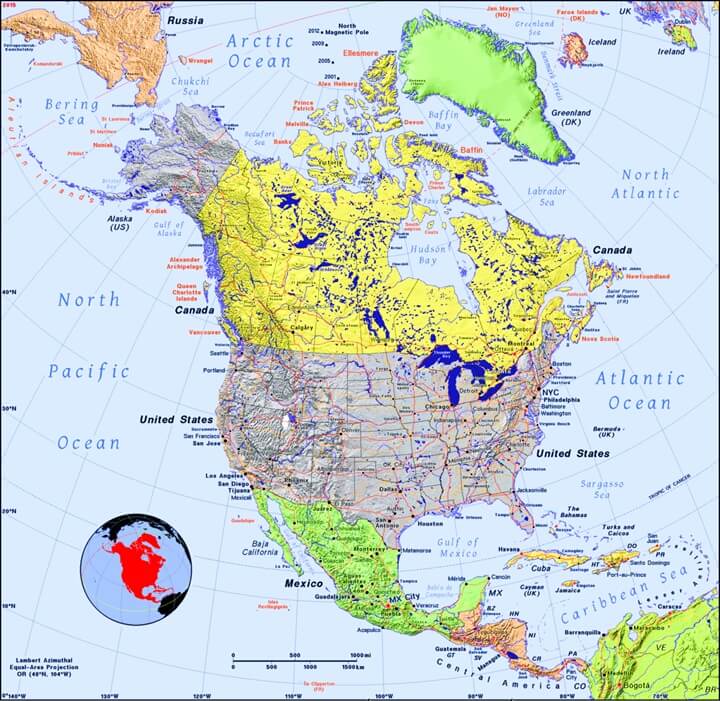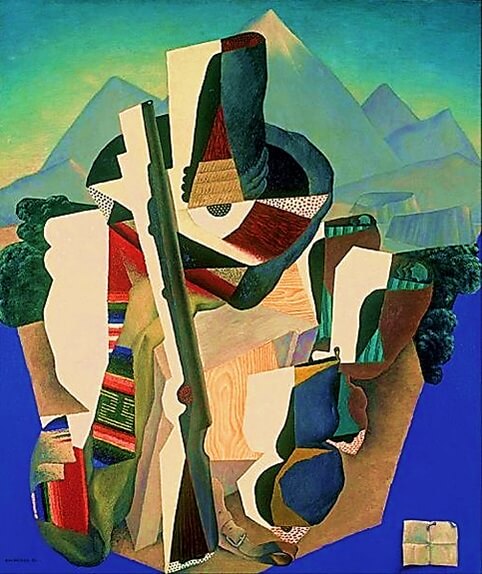Activity 1: Can You Find It?
Find the following in the artwork:
- Zapatista
- Guerrilla
- Sombrero
- Rifle
- Cartridge Belt
- Mountains
- Serape
- Unfolded Paper
- Nail
Activity 2: Narrate the Artwork
- After studying the artwork, narrate the scene shown aloud using your own words.
Activity 3: Complete Vocabulary Activities
- While studying the new words, point out any you see in the painting.
- Define each of the vocabulary words in your own words.
Activity 4: Color the Artwork

- Click the crayon above, and complete page 47 of 'Art History Coloring Pages for Second Grade.'


